10 foods that fight inflammation
A nutrition researcher goes into your kitchen to find the ingredients that may help to reduce excessive inflammation in your body.
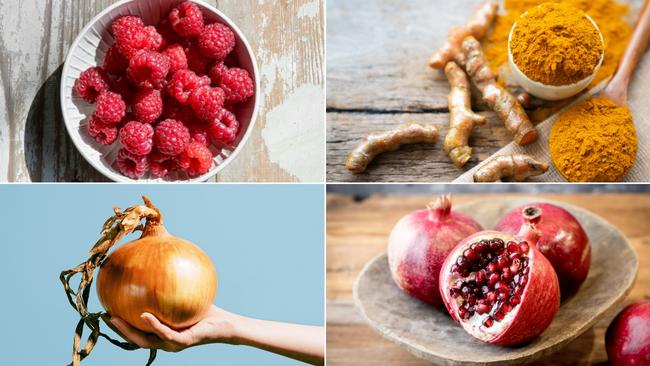
You know that feeling when you wake up in the morning stiff and sore?
Maybe you overdid it working in the garden, moving house, or working out in the gym?
What you’re feeling are the effects of inflammation.
Signs of inflammation are redness, heat, swelling, and pain – things you often notice after an injury or if you have a condition like arthritis.
But what is inflammation exactly?
Inflammation is a complex process where the body releases chemical messengers called cytokines – small proteins that regulate the immune system by activating white blood cells, increasing blood flow to affected areas, and promoting tissue repair.
Another key player is NF-κB, a protein that acts like a switch turning on inflammation. When activated, it signals cells to produce cytokines to help repair injuries.
However, if NF-κB stays turned on for too long, it can lead to excessive inflammation, contributing to joint pain, muscle soreness, and chronic conditions like arthritis.
While inflammation is essential for healing, prolonged or excessive inflammation can worsen muscle soreness, joint pain and may even contribute to chronic conditions like arthritis over time.
The good news is certain compounds in foods can help regulate these cytokines and inhibit NF-κB activation, reducing excessive inflammation and accelerate healing.
And they may already be in your kitchen.
Foods that fight inflammation
Turmeric

Look to your spice cupboard for help. Curcumin, the active compound in turmeric, blocks the NF-κB pathway, a key driver of inflammation that stimulates the production of cytokines.
Studies show curcumin can significantly reduce pain and stiffness in osteoarthritis.
However, curcumin has low bioavailability when consumed alone, meaning only a small amount reaches the bloodstream. What’s the solution? Combine it with black pepper.
Black pepper contains piperine, a compound with powerful anti-inflammatory effects that enhances curcumin absorption by up to 2000 per cent.
Piperine also has its own direct benefits. It works by inhibiting NF-κB activation, reducing the production of pro-inflammatory cytokines.
It also helps block the process that leads to the production of prostaglandins – chemicals that cause pain and swelling – much like how ibuprofen works.
How to use: Add turmeric and black pepper to scrambled eggs, curries, soups, and stews.
Ginger
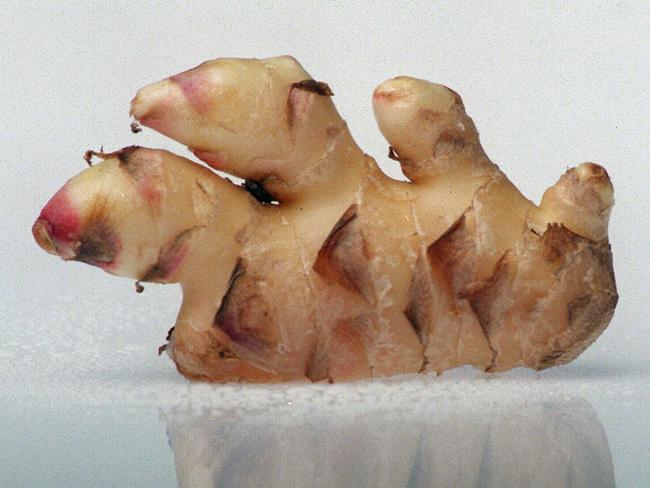
Another powerful anti-inflammatory spice that contains gingerols and shogaols, bioactive compounds that help ease pain and swelling by targeting key inflammatory pathways.
Like ibuprofen, ginger helps block the production of prostaglandins – chemicals that trigger pain and inflammation linked to sore muscles – making it useful for post-exercise recovery.
Regular ginger consumption may also significantly reduce pain and stiffness in people with osteoarthritis.
Bonus: Combining turmeric, black pepper, and ginger enhances their anti-inflammatory effects, significantly reducing inflammation in chronic knee osteoarthritis – comparable to some anti-inflammatory medications.
How to use: Add ginger to stir fries and curries, drink ginger tea, or snack on ginger gummies. For an extra anti-inflammatory boost, try a turmeric latte with ginger, pepper and turmeric.
Sesame Seeds
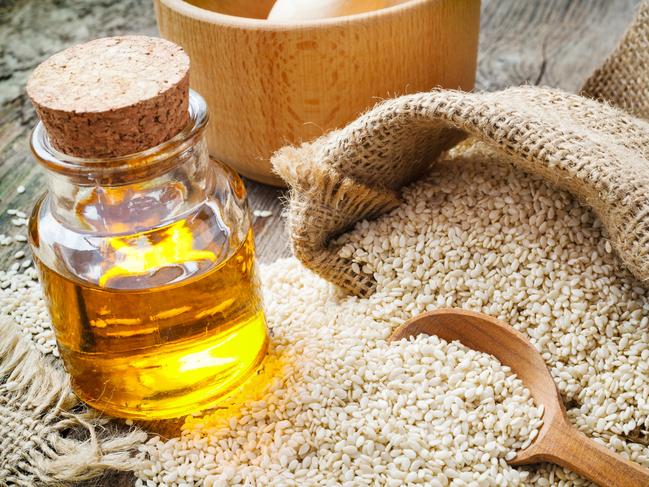
Sesame seeds contain powerful phenolic compounds called sesamin and sesamol, which have been shown to reduce pain in knee osteoarthritis.
These compounds help inhibit inflammatory mediators like cytokines, which drive inflammation in the body.
Studies have shown that consuming 40g (~3 tablespoons) of ground sesame seeds daily can significantly reduce pain and inflammation, and improve mobility in people with knee osteoarthritis.
How to use: Grind sesame seeds and sprinkle them over salads, stir fries or into smoothies.
Important: Sesame seeds should be ground before eating as their beneficial compounds are locked within the seed’s fibre.
Storage tip: Ground sesame can go rancid quickly, so grind a week’s worth at a time and store them in the refrigerator to maintain freshness.
Pineapple
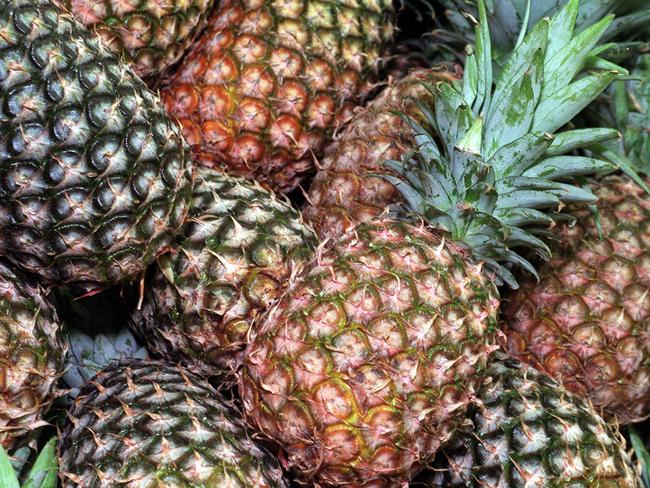
Pineapple contains bromelain, a naturally occurring enzyme with anti-inflammatory properties that acts as a mild pain reducer.
Bromelain helps reduce inflammation by lowering prostaglandins – compounds responsible for pain, swelling, and inflammation – and by decreasing pro-inflammatory cytokines, which are linked to arthritis symptoms.
Research also suggests that bromelain may help protect cartilage from breakdown, making it beneficial for long-term joint health.
How to use: Drink pineapple juice or add fresh or tinned pineapple to curries, pizzas, smoothies or stir fries.
Sour cherries
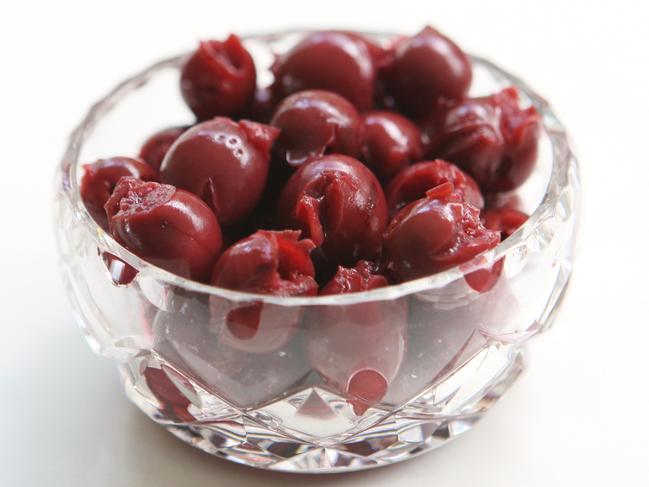
Sour or tart cherries are packed with anthocyanins, natural compounds that suppress NF-κB activation, reducing inflammatory markers and oxidative stress.
These bioactive compounds lower pro-inflammatory cytokines, reducing muscle soreness, making sour cherries an excellent post-workout recovery aid.
Studies suggest that tart cherry juice can significantly reduce osteoarthritis symptoms, easing stiffness and discomfort.
Regular consumption of tart cherry juice may help prevent gout flare-ups by lowering uric acid levels.
How to use: Drink unsweetened sour cherry juice, or add fresh, jarred or frozen sour cherries to smoothies, oatmeal or yoghurt.
Tip: Look for Montmorency or Morello varieties for the highest anthocyanin content.
Berries
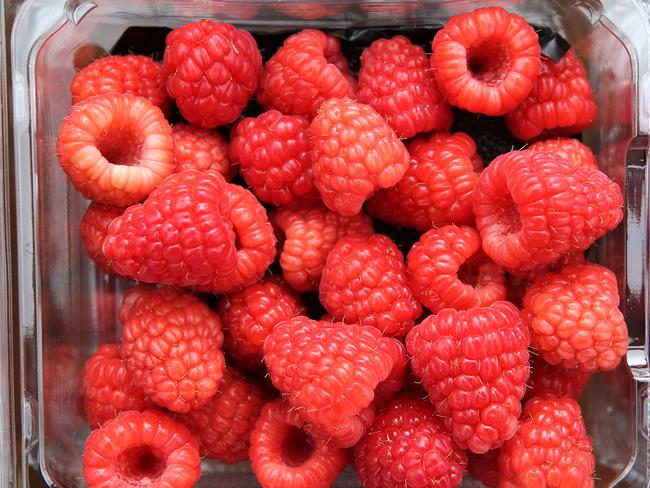
Berries, particularly strawberries and blueberries, contain bioactive compounds that help reduce inflammation and protect joint health. Their anti-inflammatory effects work by modulating inflammatory pathways, which may help reduce pain and ease arthritis symptoms.
Strawberries: can significantly reduce inflammatory markers in people with knee osteoarthritis, leading to less pain and improved quality of life.
Blueberries: may help reduce inflammation and oxidative stress by inhibiting the NF-κB pathway. Regular consumption has been linked to less pain, stiffness, and difficulty with daily activities in people with knee osteoarthritis. They may also support mobility and help slow cartilage breakdown.
How to use: Eat fresh or frozen berries on their own or add them to yoghurt, oatmeal or smoothies.
Pomegranates
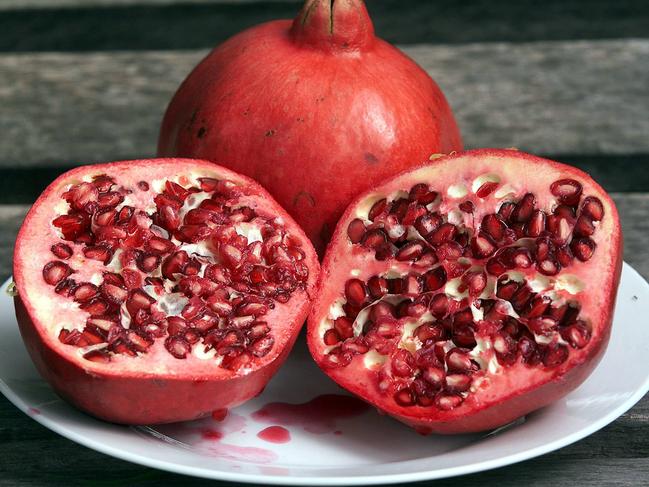
Pomegranates are rich in antioxidants and anti-inflammatory compounds that support joint health. They contain polyphenols which reduce inflammation and oxidative stress – both of which contribute to joint damage.
Pomegranates inhibit NF-κB activation and reduce pro-inflammatory cytokines, helping to control excessive inflammation, including muscle soreness from exercise.
They may also help ease joint pain and swelling by lowering inflammatory markers linked to arthritis.
Studies show that drinking 200ml of pomegranate juice daily for six weeks may significantly improve joint stiffness and function in people with arthritis.
How to use: Drink unsweetened juice, or add fresh pomegranate seeds to salads, yoghurt, or oatmeal.
Onions, shallots and garlic
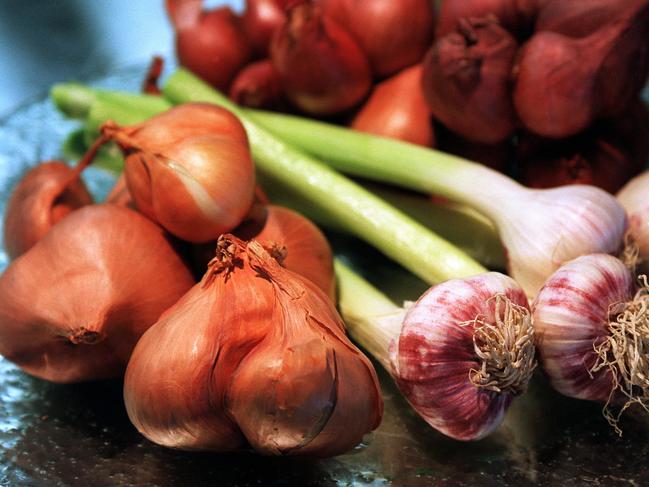
Onions and shallots contain quercetin and sulphur compounds which have anti-inflammatory properties.
Quercetin, a potent flavonoid, blocks histamine release, helping to reduce swelling and inflammation.
Garlic contains allicin, a sulphur compound that inhibits pro-inflammatory enzymes and reduces oxidative stress.
How to use: Add garlic, shallots and onions to soups, stews, curries, stir-fries or salads.
Cooking tip: Crush or chop garlic and let it sit for 10 minutes before cooking to allow its bioactive sulphur compounds to develop. When cooking, saute garlic and onions over low heat to preserve these compounds and maximise their anti-inflammatory benefits. Avoid high heat, as it destroys the enzymes needed for their formation.
Extra virgin olive oil
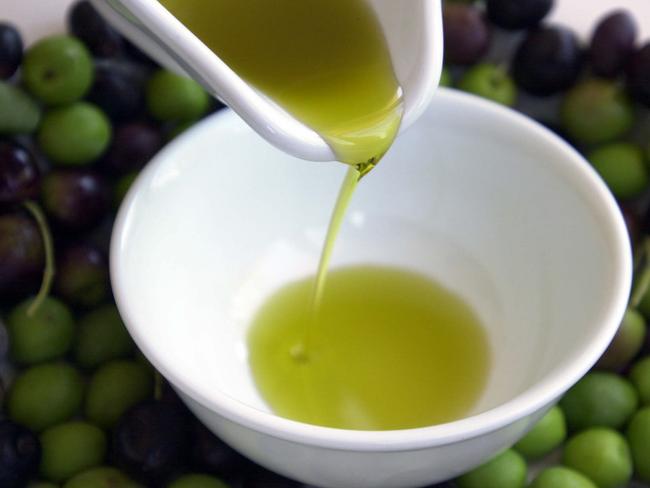
Extra virgin olive oil is rich in natural compounds like oleocanthal and hydroxytyrosol, which help fight inflammation. Oleocanthal works similarly to ibuprofen by reducing the production of prostaglandins – chemicals that cause pain, swelling, and inflammation.
Consuming around 2.5 tablespoons (~50ml) of high-quality extra virgin olive oil daily may help reduce inflammation by lowering inflammatory markers.
Cooking tip: Despite a common myth, extra virgin olive oil remains stable at up to 210C (410F), making it safe for most cooking methods.
Dark chocolate

Dark chocolate is rich in flavonoids, powerful plant compounds that reduce inflammation and oxidative stress.
The primary flavonoids in dark chocolate – epicatechin, catechin, and procyanidins – help regulate immune and inflammatory responses.
Dark chocolate helps blocks NF-κB activation, lowering inflammatory cytokines linked to joint pain and inflammation.
Its flavonoids also boost nitric oxide levels, improving blood flow to tissues and helping reduce muscle and joint inflammation.
Research suggests that regular consumption of dark chocolate (70 per cent cocoa or more) may help lower markers of inflammation, particularly in conditions like arthritis and muscle recovery after exercise.
How to use: Eat a small piece daily (20-30g) of high-cocoa dark chocolate, or add unsweetened cocoa powder to smoothies, yoghurt, or overnight oats.
Carolyn English, PhD, is a sessional senior teaching fellow in the faculty of Health Sciences & Medicine and a nutrition researcher in the Bond University nutrition and dietetics research group.
This story is published for information purposes only. It is not intended to be used as medical advice and should not be relied on as a substitute for independent professional advice about your personal health or a medical condition from your doctor or other qualified health professional.



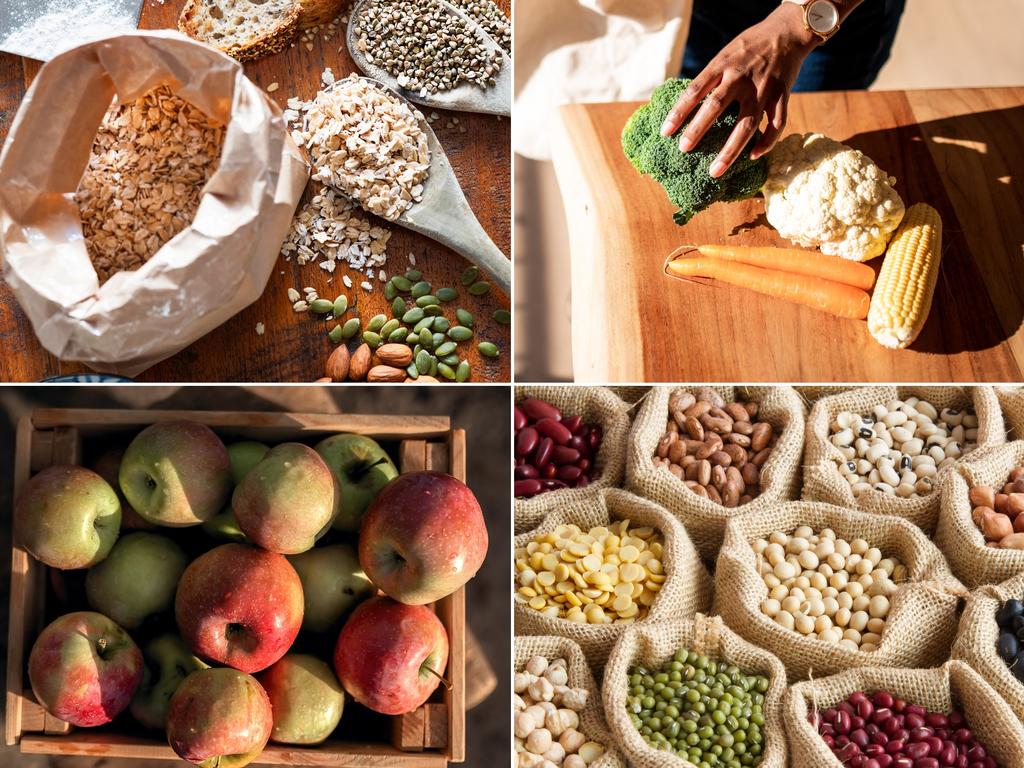
To join the conversation, please log in. Don't have an account? Register
Join the conversation, you are commenting as Logout